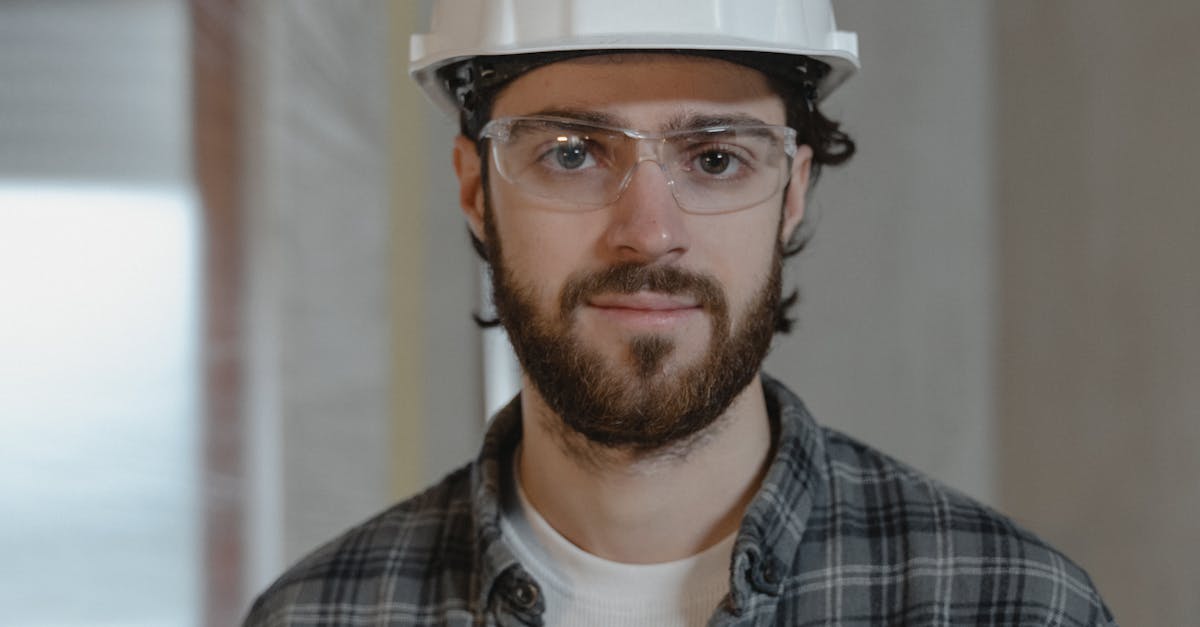
Energy Storage Solutions for Passive Houses
Terms of UseTable Of Contents
-up of pollutants and allergens.
In addition to cross ventilation, passive houses can benefit from stack ventilation which relies on the natural buoyancy of warm air to draw out stale air from the house. This technique involves positioning high windows or vents near the ceiling to allow hot air to escape, creating a natural airflow that helps in cooling the house during warmer periods. By combining both cross and stack ventilation techniques, passive houses can effectively regulate indoor temperatures and create a healthier living environment for occupants.
Addressing Energy Loss in Passive HousesContact Us!
Passive houses are designed to minimize energy loss through efficient insulation and airtight construction. However, over time, these houses may experience energy loss due to wear and tear or improper maintenance. To address energy loss in passive houses effectively, conducting regular energy audits is essential. These audits can help identify areas where energy is being wasted and determine the necessary steps to rectify the situation.
One innovative approach to addressing energy loss in passive houses is the use of thermal storage materials, such as phase change materials. These materials can store and release heat as needed, helping to regulate indoor temperatures and reduce the overall energy consumption of the house. By integrating phase change materials into the design of passive houses, homeowners can achieve greater energy efficiency and comfort without compromising the principles of passive design.
Conducting Regular Energy Audits
Energy audits are essential for the effective management of energy consumption in passive houses. Regular audits help homeowners to identify areas where energy may be wasted, allowing for targeted improvements to enhance the overall energy efficiency of the property. By conducting these audits on a consistent basis, residents can stay informed about their energy usage patterns and make informed decisions to reduce their carbon footprint.
One key benefit of regular energy audits is the opportunity to detect any inefficiencies in the heating, cooling, or insulation systems of passive houses. By identifying and rectifying these issues promptly, homeowners can ensure that their homes are operating at peak efficiency levels, thereby reducing energy costs and environmental impact. Additionally, energy audits can provide valuable insights into potential upgrades or modifications that can further enhance the performance of passive houses in terms of energy conservation and sustainability.
Exploring Innovative Energy Storage Technologies
In the realm of energy storage technologies for passive houses, there has been a surge in interest and exploration. The focus has shifted towards finding solutions that not only store energy effectively but also integrate seamlessly with the design and functionality of passive systems. One of the promising avenues being pursued is the use of advanced battery technologies that are tailored to meet the specific needs of passive houses, offering reliable and efficient storage solutions.
Additionally, researchers and engineers are delving into the realm of smart home energy management systems that can optimise the use of energy storage resources in passive houses. These systems leverage technologies such as artificial intelligence and machine learning to forecast energy demand, adjust storage levels accordingly, and maximise energy efficiency. By harnessing these innovative approaches, passive houses can further enhance their sustainability and resilience, paving the way for a greener and more energy-efficient future.
Considering Phase Change Materials for Thermal Storage
ials have the ability to store and release large amounts of energy during phase transitions, such as from solid to liquid or liquid to gas. By incorporating PCMs into the building's design, passive houses can better regulate indoor temperatures by absorbing excess heat during the day and releasing it at night, thereby reducing the need for additional heating and cooling systems.
One of the key advantages of using PCMs in thermal storage applications is their ability to effectively manage temperature fluctuations within a building. By strategically placing PCM panels in areas prone to heat gain or loss, passive houses can maintain a more stable and comfortable indoor environment throughout the day. Additionally, PCMs can help reduce energy consumption by minimising the reliance on mechanical heating and cooling systems, thereby contributing to overall energy efficiency in the building.
FAQS
What are some passive cooling strategies for energy storage in passive houses?
Some passive cooling strategies for energy storage in passive houses include optimizing ventilation, using thermal mass, and shading windows to reduce heat gain.
How can natural ventilation techniques be utilized for energy storage in passive houses?Passive Home Builders
Natural ventilation techniques can be utilized by strategically placing windows and vents to allow for cross ventilation and cooling airflow in passive houses.
Why is it important to address energy loss in passive houses?
Addressing energy loss in passive houses is crucial to ensure optimal energy efficiency and reduce the need for additional heating or cooling, thus saving on energy costs.
How can regular energy audits help in improving energy storage solutions for passive houses?
Conducting regular energy audits can help identify areas of energy inefficiency in passive houses, leading to targeted improvements in energy storage solutions and overall performance.
What are some innovative energy storage technologies to explore for passive houses?
Innovative energy storage technologies to explore for passive houses include phase change materials (PCMs), thermal batteries, and smart grid integration for efficient energy management.
Related Links
Passive House Integration of Micro Hydro SystemsBiomass Heating for Passive Houses
Integrating Passive House with Smart Grid Technology
Passive House Design for Maximum Energy Efficiency
Passive House Integration of Photovoltaic Systems